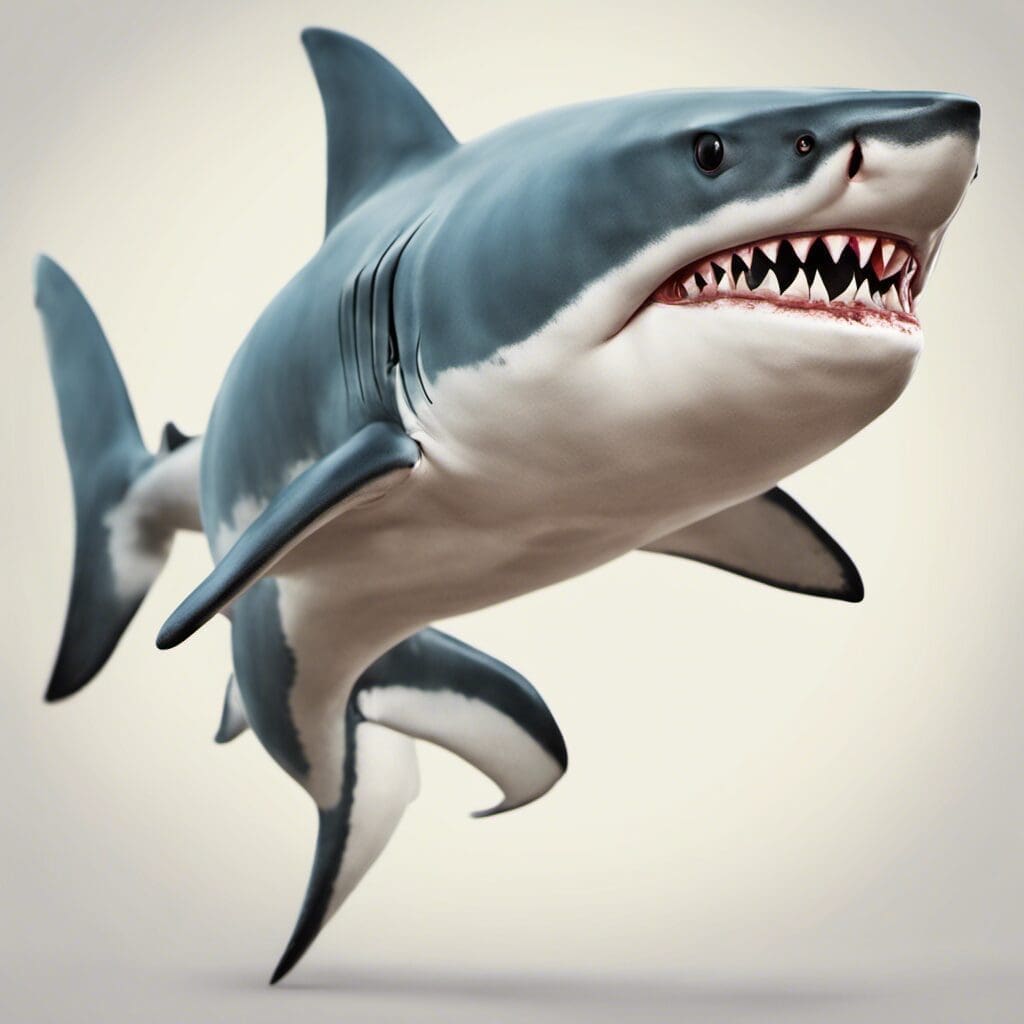Introduction
The Gummy Shark, a species known scientifically as Mustelus antarcticus, is part of the Houndsharks family.
Conservation Status
The Gummy Shark is currently listed as Least Concern on various conservation statuses. Efforts to maintain this status include strict management strategies and harvesting rules.
Statistics
The following table outlines key statistics about the Gummy Shark.
| Statistic | Average | Range |
|---|---|---|
| Length | 80 cm | 45 – 175 cm |
| Weight | 6 kg | 0.5 – 30 kg |
| Lifespan | 16 years |
Distribution
Gummy Sharks are typically found in southern Australian waters, including Tasmania. They mainly tend to stay in quite shallow water, although they are known to descend to depths of around 80 metres, and migrate within their preferred temperature range.
Habitats
These sharks are found in temperate waters, usually between 14°C and 20°C, and are usually found in depths between 10 and 80 meters.
When and Where to See
Gummy Sharks display a marked propensity to venture into shallow water during the night. They can be seen all year round but are most frequently caught in December and January.
Best Fishing Locations
Some of the top places for Gummy Shark fishing include:
- Western Port, Victoria
- Port Phillip Bay, Victoria
- Gippsland Lakes, Victoria
- Coffin Bay, South Australia
- St. Vincent Gulf, South Australia
A general tip when finding Gummy Sharks is to look for areas with sandy or muddy bottoms, near reefs or seagrass beds.
How to Catch
Gummy Sharks are usually caught using bottom fishing techniques with bait, such as squid, fish fillets, and octopus. The best time to fish for Gummy Sharks is during the night, especially in summer months.
Identification Guide
Gummy Sharks are recognized by their long, slender body with a grey top and a white underbelly. They also have a flattened head and small mouth with teeth designed to crush hard-shelled prey, making them distinct from other species.
Culinary
Gummy Sharks are popular in Australia for their flake, which is used in fish and chips. They have a mild, slightly sweet flavour and a firm texture. They’re low in fat and a good source of omega-3 fatty acids.
Additional Information
Gummy Sharks feed mainly on crustaceans and marine worms, although they do also eat other forms of small sea life. Their main natural predator is the larger shark species. Historically, they have been an important part of the Australian commercial fishing industry.
References and Further Reading
For more detailed information about Gummy Sharks, the following sources are recommended:
- Fisheries Research and Development Corporation - Gummy shark
- Australian Museum – Gummy shark
- Some Observations of the Reproductive Biology of the Gummy Shark by HW Walker and RJ West

